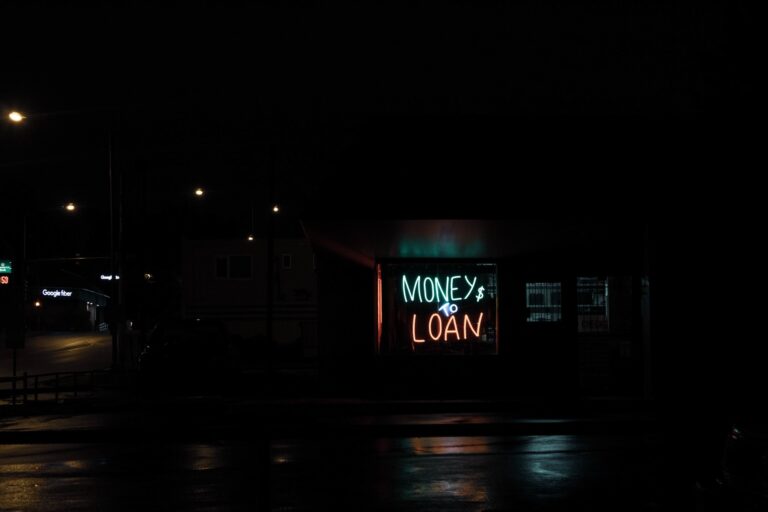
Have you ever heard of a forgivable loan and wondered what it was? How can a loan be termed forgivable?
What is it?
A forgivable loan is also called a soft second, where a portion or its entirety can be forgiven or deferred for a period of time. For a loan to be forgiven, the borrower must meet certain criteria depending on the program or lender. Not all loans are completely forgivable however, borrowers may have to repay a portion of the loan and this is often a common result.
Lenders who offer loan forgiveness are generally related to the government, for borrowers who may work or volunteer in education, health care or other fields. One example of a forgivable loan is the Canada Emergency Business Account (CEBA) which has been recently extended. Another example is the Canada Emergency Commercial Rent Assistance (CECRA) which is usually fully forgivable.
If you think you are eligible for a forgivable loan, reach out to the institution to seek more details on whether you qualify for the loan and the extent of its forgivable nature.
Tax may be complex however when it comes to these loans, we would recommend seeing an accountant on these matters.
What Can Happen if I’m Refinancing?
Forgivable loans are regularly secured on your property prior to being paid out or forgiven. In this case, the loan would therefore show when reviewing your property’s title and will be secured in a priority sequence.
If you are refinancing, it may be a strong factor in your decision to choose a new lender that allows for the postponement of your loan. This would mean that your forgivable loan would not be paid out during the transaction, but instead postponed and put behind your new mortgage.
For more questions about forgivable loans, reach out to us at 905 787 2296 or info@legaldirect.ca.